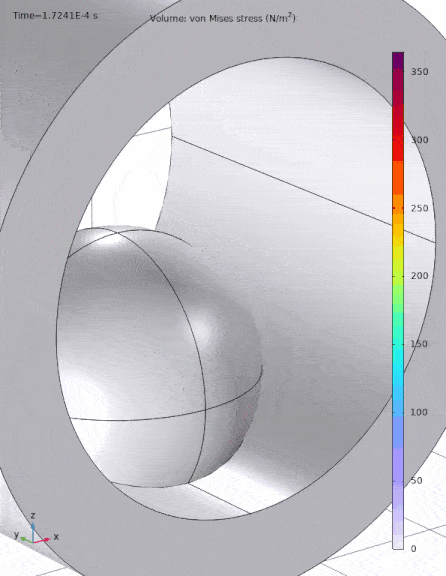In Summer 2023 we developed a series of tutorials aimed at adapting aspects of my magnetomotive ultrasound research for a course in Classical Mechanics. The modules we created help students to visualize the complicated behavior of driven, damped harmonic oscillators, and to understand how mechanics is a vital part of current physics research. They also introduce an industry standard computational modeling tool.
The work culminated in a talk at the 2023 AAPT Summer Meeting (see the abstract below). If you are an instructor and you would like to get a copy of the materials, please contact me.
Abstract: Finite Element Simulations of Resonating Blood Clots for a Classical Mechanics Course
Driven damped oscillators are important not only in upper-level, undergraduate Classical Mechanics courses, but also in current physics research. To bring recent, exciting medical imaging physics techniques into the classroom and to make a complicated, mathematical topic more tangible, we designed a finite element simulation-based module. The module comprises three activities spread out over three class days. Students first employ a simple simulation to become acquainted with the software and to recover the familiar analytical result for a driven, damped oscillator. They then simulate and visualize the vibrational modes of an “intermediate” example such as a wine glass where analytical treatments are challenging. On the final day they investigate simulations and results from ongoing ultrasound-based medical imaging research in which the vibrational modes of blood clots subject to an external, sinusoidal magnetic driving force may, in the future, be used to make treatment decisions. We believe that by bringing relevant biological and medical physics applications into the classroom we can better engage students who might otherwise be less excited by the theory-heavy course.



